Home>Furniture & Design>Interior Design Trends>How To Tie My Home Decor Together
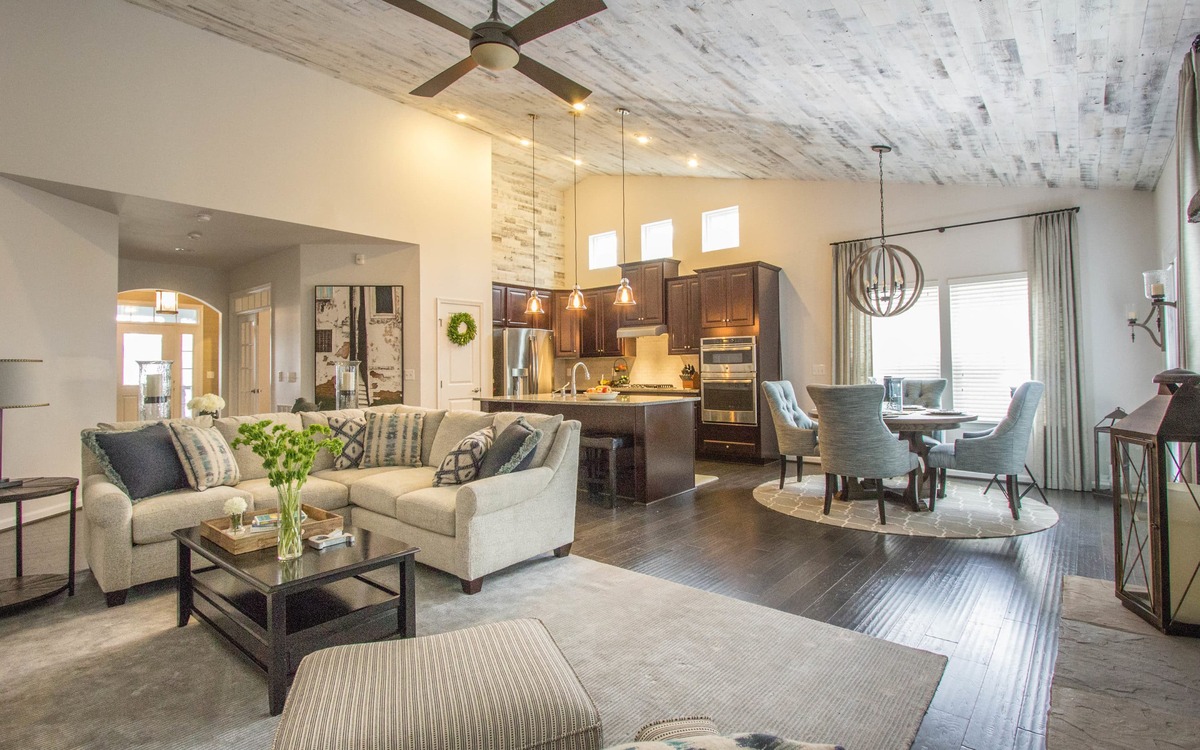

Interior Design Trends
How To Tie My Home Decor Together
Modified: August 27, 2024
Discover the latest interior design trends and learn how to tie your home decor together with expert tips and inspiration. Explore innovative ideas for a stylish and cohesive living space.
(Many of the links in this article redirect to a specific reviewed product. Your purchase of these products through affiliate links helps to generate commission for Storables.com, at no extra cost. Learn more)
Introduction
Whether you've just moved into a new home or you're looking to revamp your current living space, tying your home decor together can breathe new life into your surroundings. A well-coordinated interior design scheme has the power to transform a house into a home, reflecting your personality and style. From selecting the perfect color scheme to incorporating texture and accent pieces, every element plays a crucial role in creating a cohesive and visually appealing ambiance. In this guide, we'll explore the key steps to seamlessly tie your home decor together, allowing you to curate a space that feels both inviting and harmonious. So, let's dive into the world of interior design and discover how to infuse your living space with a touch of elegance and personality.
Key Takeaways:
- 1. Choose a color scheme that sets the mood for your space, and harmonize it with complementary colors to create a cohesive and visually stunning living environment.
- 2. Incorporate textures, patterns, and accent pieces thoughtfully to add depth and personality, creating a space that reflects your unique style and evokes comfort and inspiration.
Choosing a Color Scheme
When it comes to interior design, the color scheme sets the tone for the entire space. It’s the foundation upon which all other design choices are built. Start by considering the mood you want to evoke in each room. Do you envision a serene and calming atmosphere, or perhaps a vibrant and energetic space? Understanding the psychological effects of colors can guide your decision-making process. For instance, soft blues and greens promote relaxation, while bold reds and yellows inject a sense of dynamism.
Once you’ve determined the mood, it’s time to select a primary color. This will be the dominant hue in the room, typically found on the walls or large furniture pieces. Consider the existing elements in the space, such as flooring and fixed furnishings, to ensure cohesiveness. Next, choose one or two complementary colors to accent the primary shade. These can be incorporated through smaller decor items, upholstery, or accent walls. Harmonizing the colors throughout the space creates a sense of unity and balance.
Remember, the natural light in a room can significantly impact how colors appear. Be sure to test your chosen colors in the actual space before making a final decision. Additionally, don’t overlook the power of neutrals. White, beige, and gray can act as versatile canvases, allowing other elements in the room to shine. By carefully curating a color scheme that resonates with your vision, you can lay the groundwork for a cohesive and visually stunning living environment.
Selecting Coordinating Patterns
Introducing patterns into your home decor adds depth and visual interest to the space. However, it’s essential to strike a balance and ensure that these patterns harmonize with one another. A good starting point is to vary the scale of the patterns. If you have a large floral print on a piece of furniture, consider pairing it with smaller, more intricate patterns in the decor accents. This contrast in scale prevents the patterns from competing with each other, creating a cohesive and balanced look.
Furthermore, consider the style of the patterns. Mixing different styles, such as traditional, modern, or eclectic, can add character to a room. To maintain a cohesive aesthetic, look for a unifying element, such as a shared color or theme, that ties the patterns together. For example, if you have a geometric rug, you might echo the same geometric motif in throw pillows or artwork.
Another aspect to keep in mind is the color palette within the patterns. While it’s tempting to incorporate a variety of colors, sticking to a cohesive color scheme is key. This doesn’t mean you’re limited to monochromatic patterns; rather, it suggests that the colors within the patterns should complement the overall color scheme of the room. This approach ensures that the patterns contribute to the visual flow of the space rather than overwhelming it.
Ultimately, the goal is to layer patterns thoughtfully, creating a dynamic yet harmonious environment. By understanding how to coordinate patterns effectively, you can infuse your home with personality and style while maintaining a visually cohesive design.
Incorporating Texture and Layers
Texture plays a pivotal role in interior design, adding depth and dimension to a space. By incorporating a variety of textures, you can create a visually compelling environment that feels inviting and multi-dimensional. Start by considering the existing textures in the room, such as smooth surfaces, rough textiles, or glossy finishes. Introducing contrasting textures can enliven the space and prevent it from feeling flat or one-dimensional.
One effective way to layer textures is through textiles. Consider adding plush throws, tactile cushions, and cozy rugs to introduce warmth and softness. Mixing materials like wool, linen, and velvet can create an inviting and tactile experience. Additionally, consider incorporating natural elements such as wood, rattan, or stone to add an organic and earthy feel to the space.
Furthermore, layering textures can be achieved through thoughtful accessorizing. Decorative elements like metallic accents, woven baskets, or ceramic vases can introduce visual interest and depth. Don’t be afraid to juxtapose contrasting textures, such as pairing a sleek, metallic lamp with a rustic, weathered wood side table.
By embracing a variety of textures, you can transform your living space into a rich and visually stimulating environment. The interplay of textures creates a sense of warmth and comfort, inviting you and your guests to engage with the space on a tactile level. Through the artful layering of textures, you can elevate your home decor to new heights, infusing it with depth, character, and a sense of luxurious comfort.
Consider using a consistent color scheme, coordinating patterns and textures, and incorporating similar decorative elements throughout your home to tie your decor together.
Utilizing Accent Pieces
Accent pieces are the finishing touches that infuse personality and character into your home decor. These elements serve as focal points, adding visual interest and reflecting your individual style. When selecting accent pieces, consider the overall theme and color scheme of the room to ensure cohesiveness.
One approach to incorporating accent pieces is to introduce statement furniture or decor items that serve as conversation starters. This could be a bold, sculptural armchair, a unique coffee table, or an eye-catching piece of artwork. These standout pieces can anchor the room and contribute to its overall aesthetic.
Additionally, consider the power of functional decor. Items like decorative mirrors not only add visual interest but also create the illusion of space and reflect light, enhancing the ambiance of the room. Similarly, strategically placing decorative lighting fixtures can serve as both functional and aesthetic accent pieces, illuminating the space while adding a touch of elegance.
Another effective way to utilize accent pieces is through the thoughtful display of decorative objects. Whether it’s a collection of ceramic vases, a curated gallery wall, or a display of unique sculptures, these elements can inject personality and charm into the space. By arranging these items thoughtfully, you can create visual focal points that draw the eye and contribute to the overall narrative of the room.
Ultimately, the key to effectively utilizing accent pieces lies in striking a balance between functionality and aesthetics. These elements should not only enhance the visual appeal of the space but also reflect your personal style and create a sense of harmony and balance within the room.
Creating Visual Flow
Visual flow is the guiding principle that ensures a sense of harmony and coherence throughout a space. It allows the eye to move seamlessly from one area to another, creating a balanced and visually appealing environment. Achieving visual flow involves thoughtful placement of furniture, decor, and architectural elements to create a natural progression for the eye to follow.
One fundamental aspect of creating visual flow is the arrangement of furniture. Consider the layout of the room and the pathways that people naturally take. Arrange the furniture in a way that facilitates easy movement and conversation while maintaining a sense of openness. Additionally, consider the visual weight of each piece and strive for a balanced distribution of visual elements throughout the space.
Another essential element in creating visual flow is the use of focal points. These could be architectural features like a fireplace, a statement piece of furniture, or a captivating piece of artwork. Focal points draw the eye and serve as anchors for the room, guiding the visual flow and creating a sense of cohesion.
Furthermore, the use of color, pattern, and texture contributes to visual flow. By repeating these elements throughout the space, you can establish a sense of rhythm and unity. This could involve echoing a color from a piece of artwork in the upholstery, or carrying a specific pattern from the rug to the throw pillows. Consistency in these elements creates a sense of continuity and guides the eye through the space.
Lastly, consider the role of lighting in creating visual flow. Well-placed lighting can draw attention to specific areas, create ambiance, and highlight architectural features. By layering different types of lighting, such as ambient, task, and accent lighting, you can establish a sense of depth and dimension, further enhancing the visual flow of the space.
By carefully considering the arrangement of furniture, the use of focal points, and the cohesive integration of color, pattern, and texture, you can create a space that exudes visual harmony and invites exploration. Achieving visual flow allows for a seamless and engaging experience within your home, where every element feels purposeful and interconnected.
Conclusion
As we’ve explored the intricacies of tying home decor together, it becomes evident that creating a harmonious living space is a blend of artistry and thoughtful curation. From selecting a color scheme that sets the tone for the entire room to incorporating textures, patterns, and accent pieces that add depth and personality, every decision plays a pivotal role in shaping the ambiance of your home.
By understanding the principles of visual flow and coordination, you can transform your living space into a cohesive and visually stunning environment. Each element, from the furniture arrangement to the selection of decor items, contributes to the overall narrative of the room, reflecting your individual style and creating an inviting atmosphere for both residents and guests.
Ultimately, the process of tying home decor together is a deeply personal and creative endeavor. It’s an opportunity to infuse your living space with elements that resonate with you, reflecting your tastes, experiences, and aspirations. Whether it’s through the use of color, texture, or carefully curated accent pieces, each decision contributes to the creation of a space that feels uniquely yours.
As you embark on this journey of interior design, remember that the most compelling living spaces are those that evoke emotion, tell a story, and provide a sense of comfort and inspiration. By embracing the principles outlined in this guide and infusing your personal touch, you can create a home that not only reflects your style but also nurtures a sense of harmony and well-being.
So, as you embark on the process of tying your home decor together, let your creativity and intuition guide you, and may your living space become a true reflection of your unique personality and style.
Frequently Asked Questions about How To Tie My Home Decor Together
Was this page helpful?
At Storables.com, we guarantee accurate and reliable information. Our content, validated by Expert Board Contributors, is crafted following stringent Editorial Policies. We're committed to providing you with well-researched, expert-backed insights for all your informational needs.
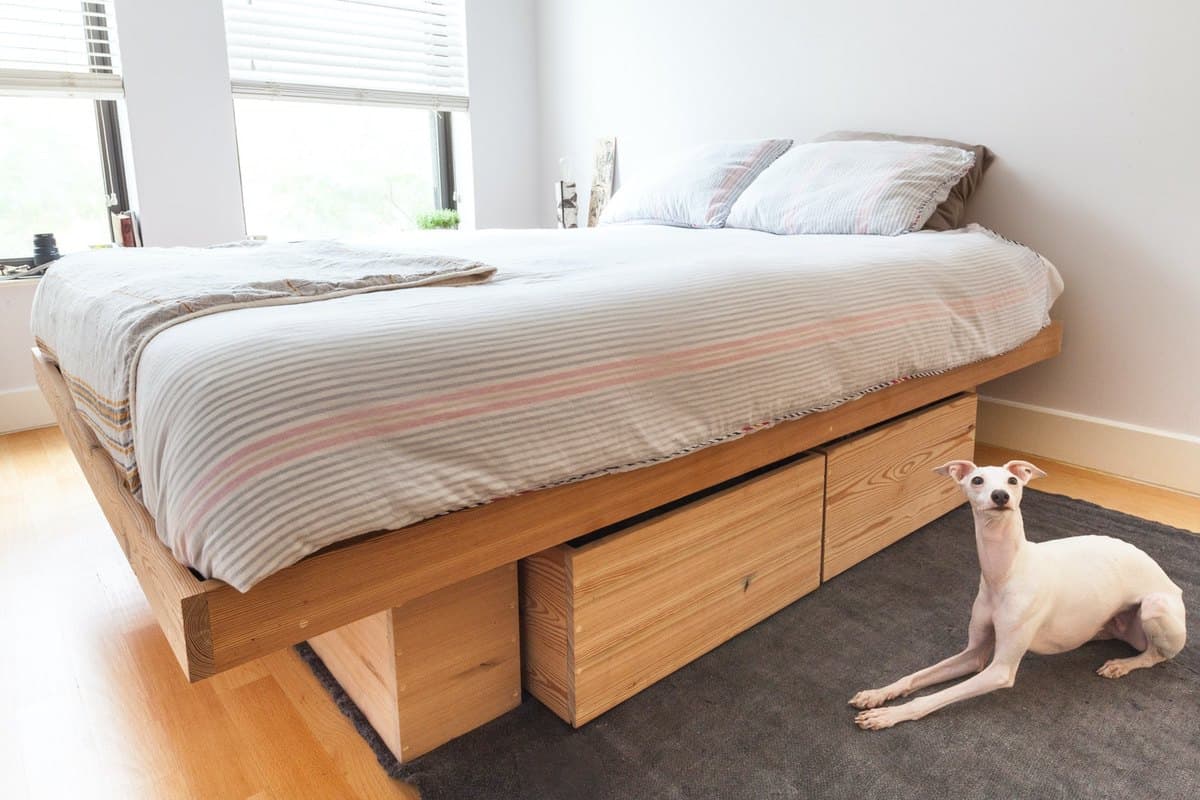


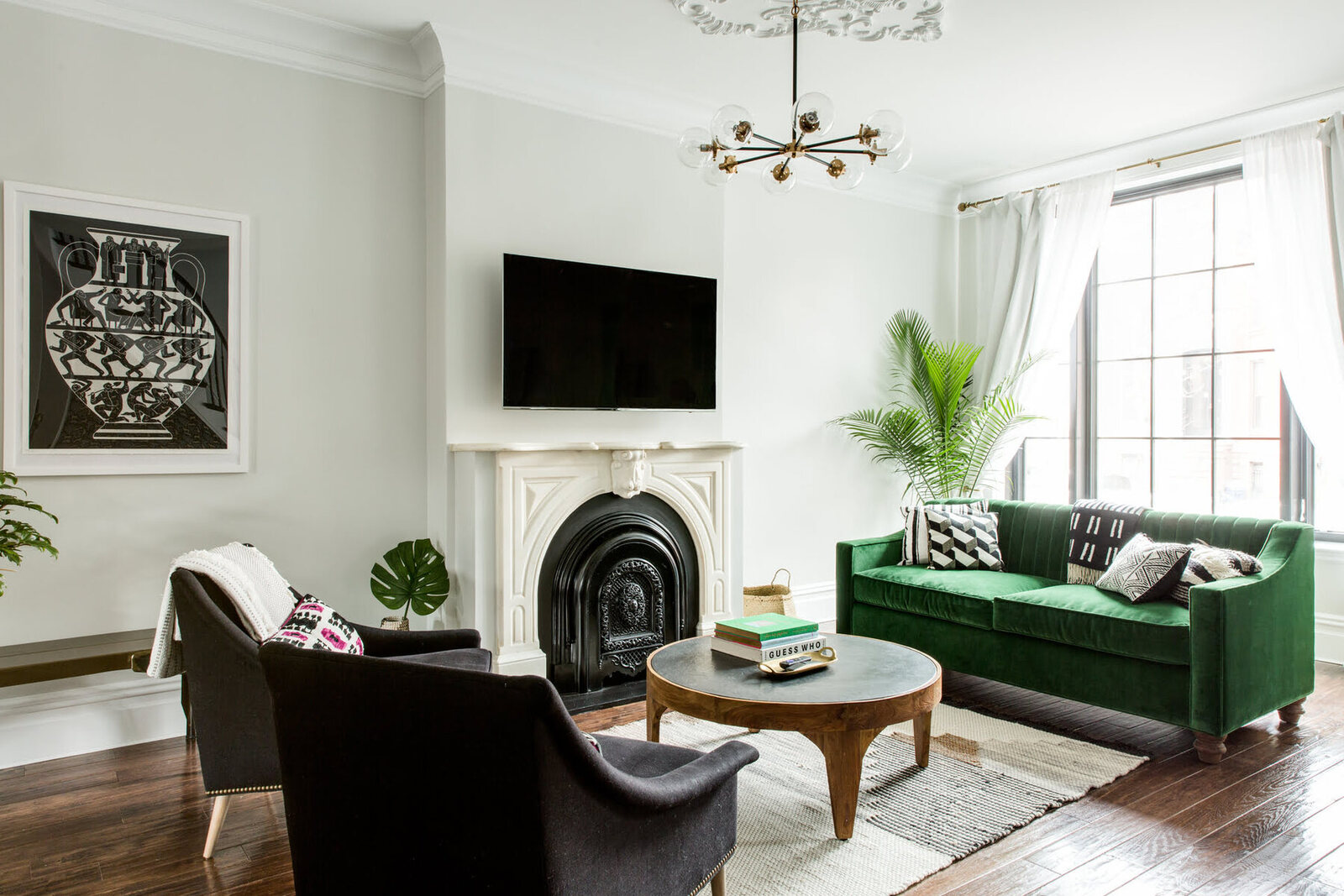

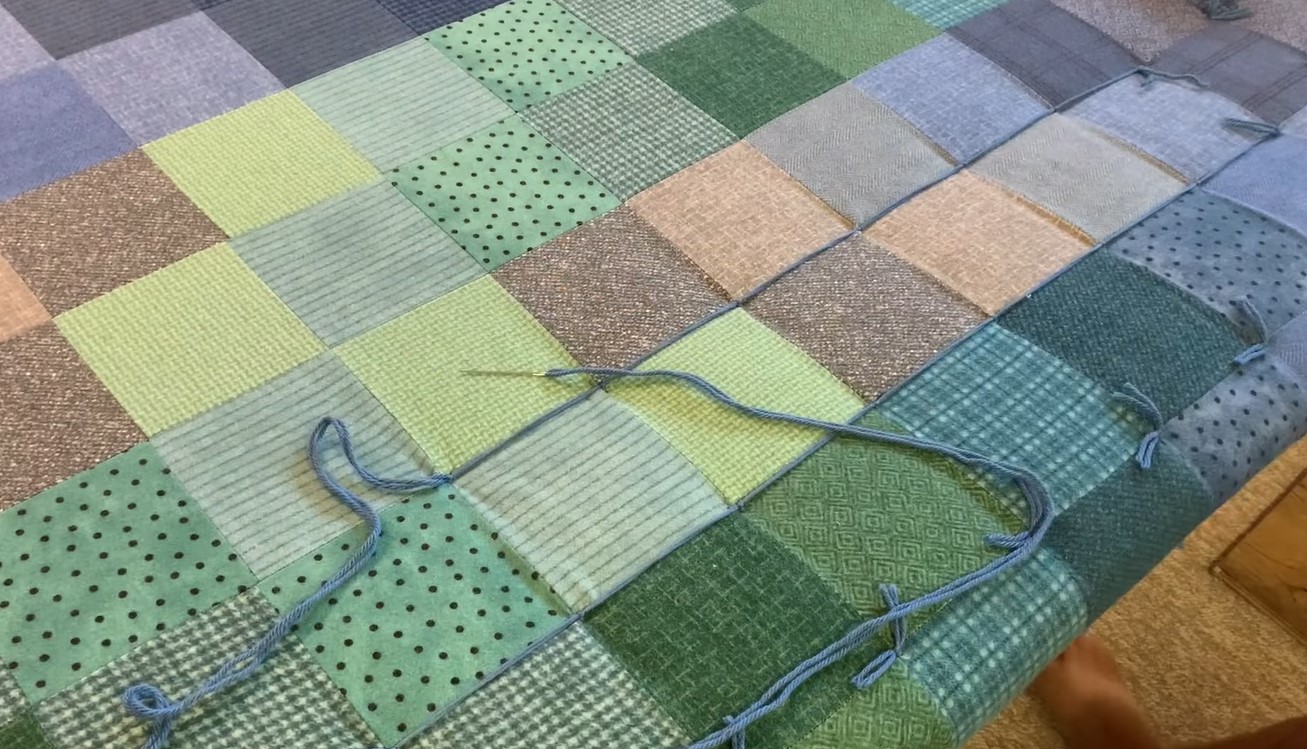
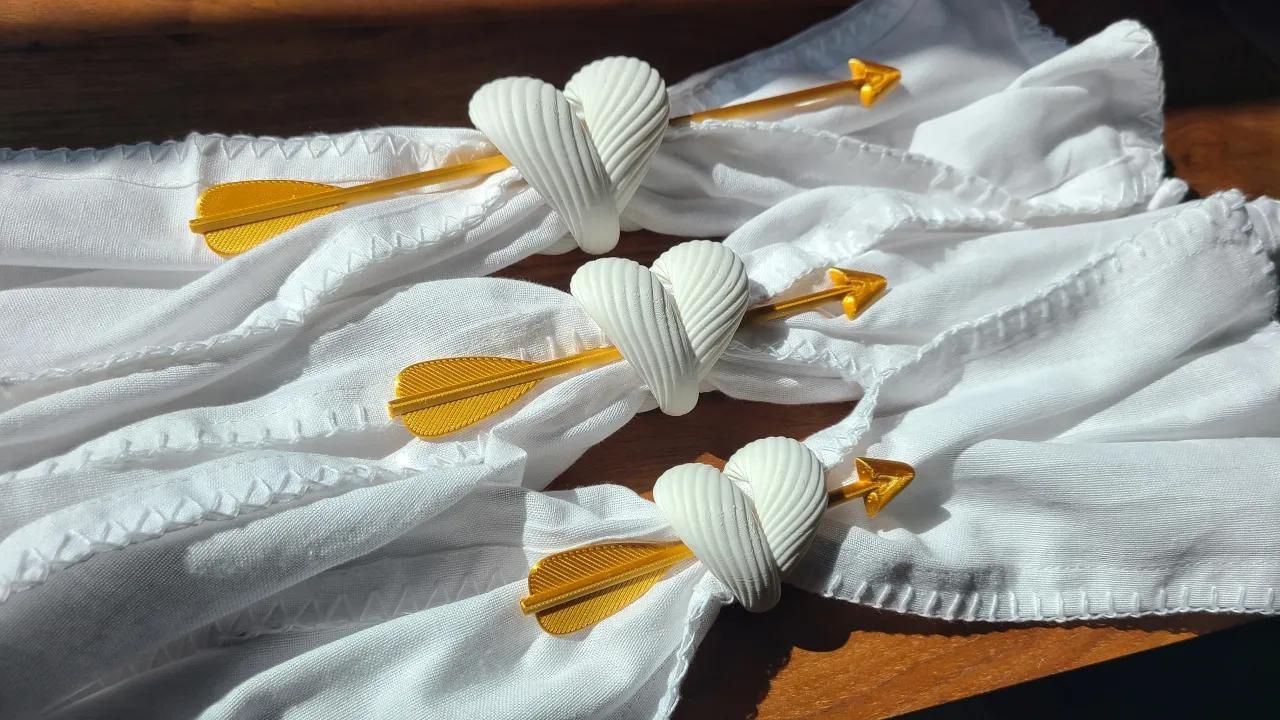
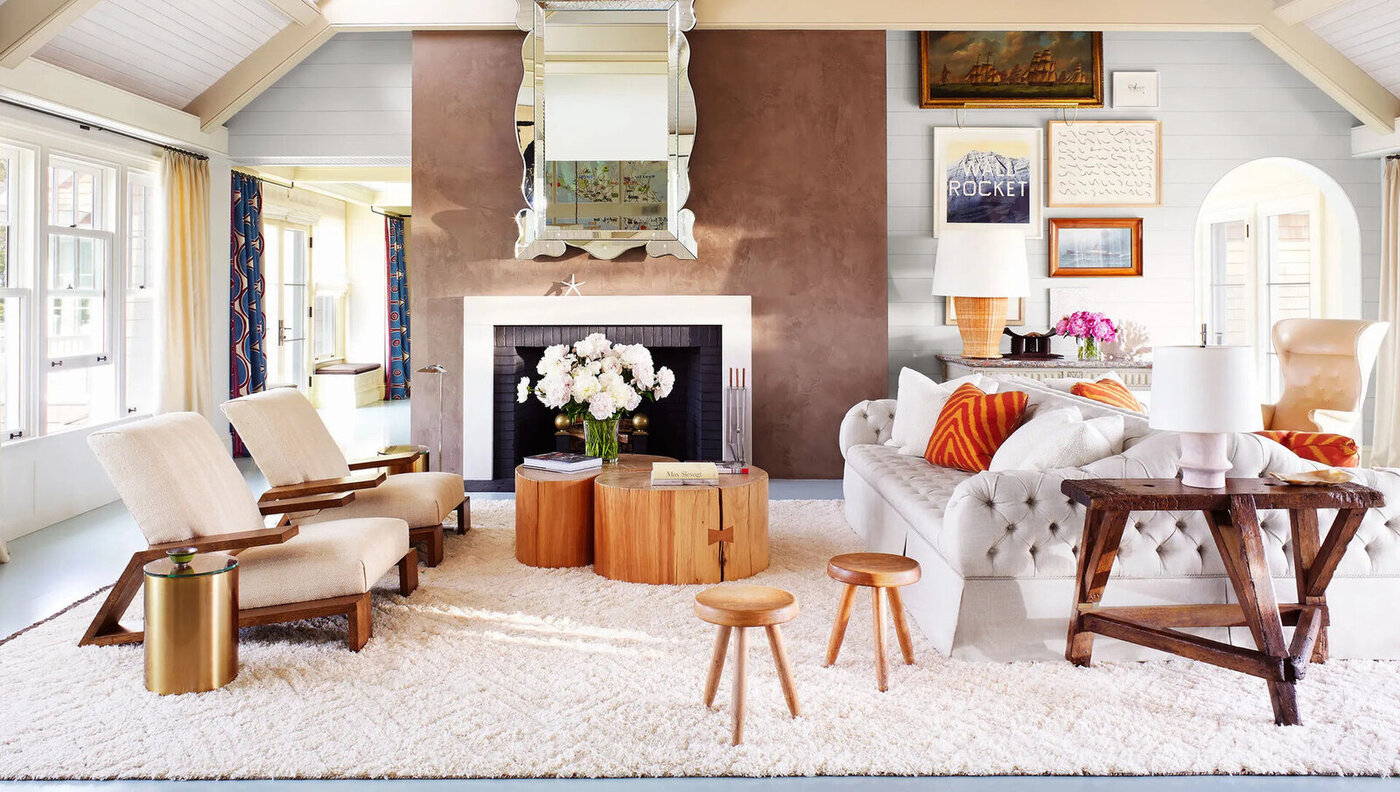

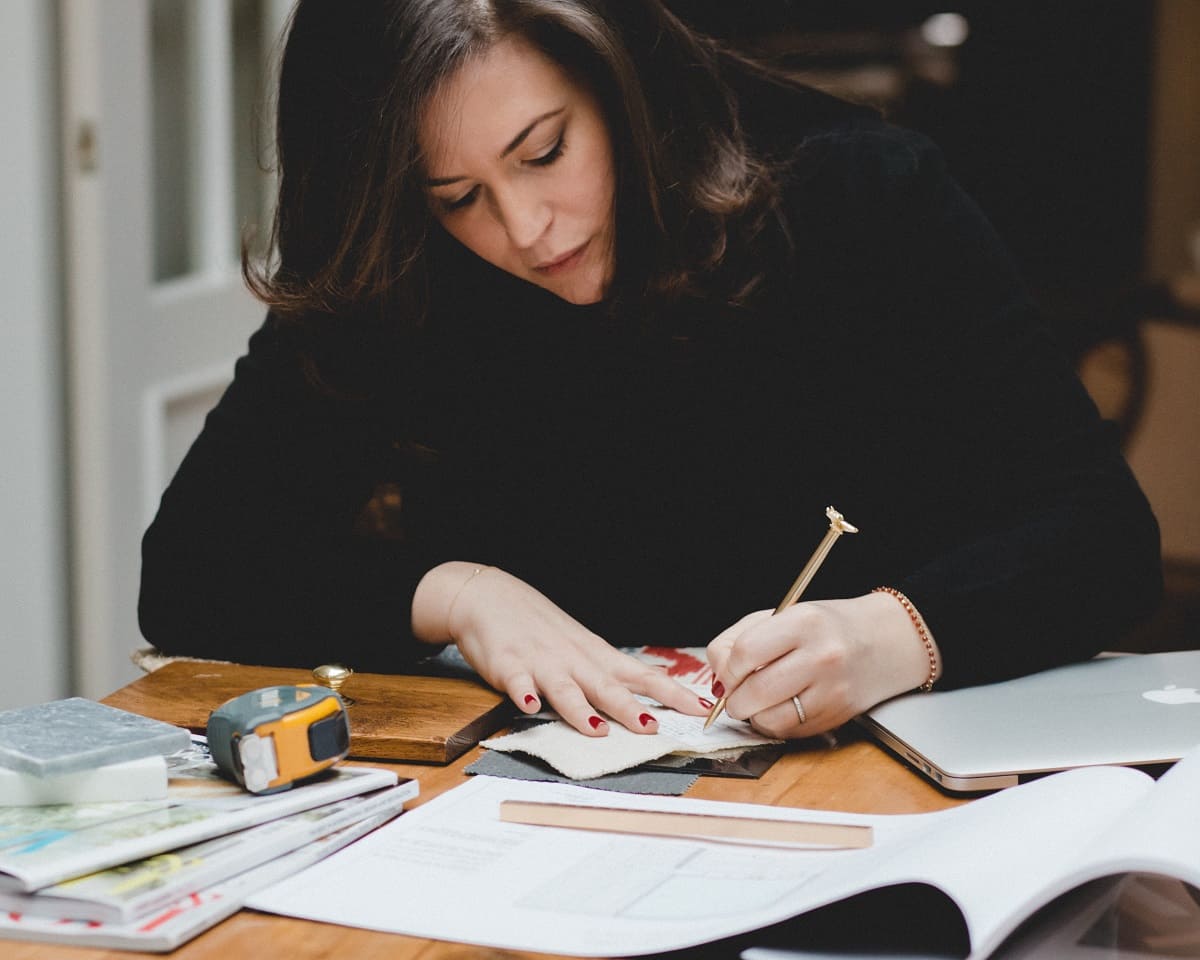

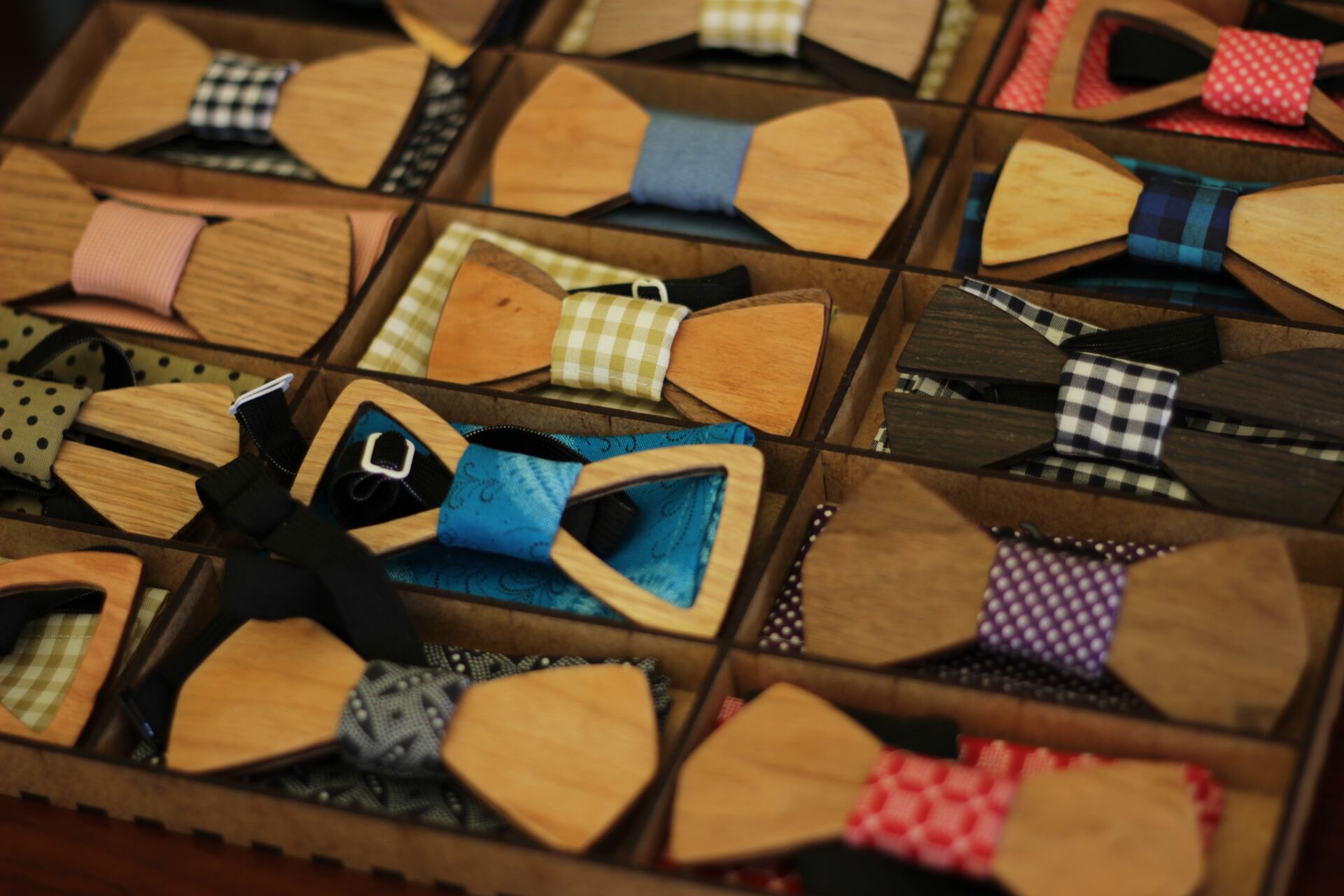

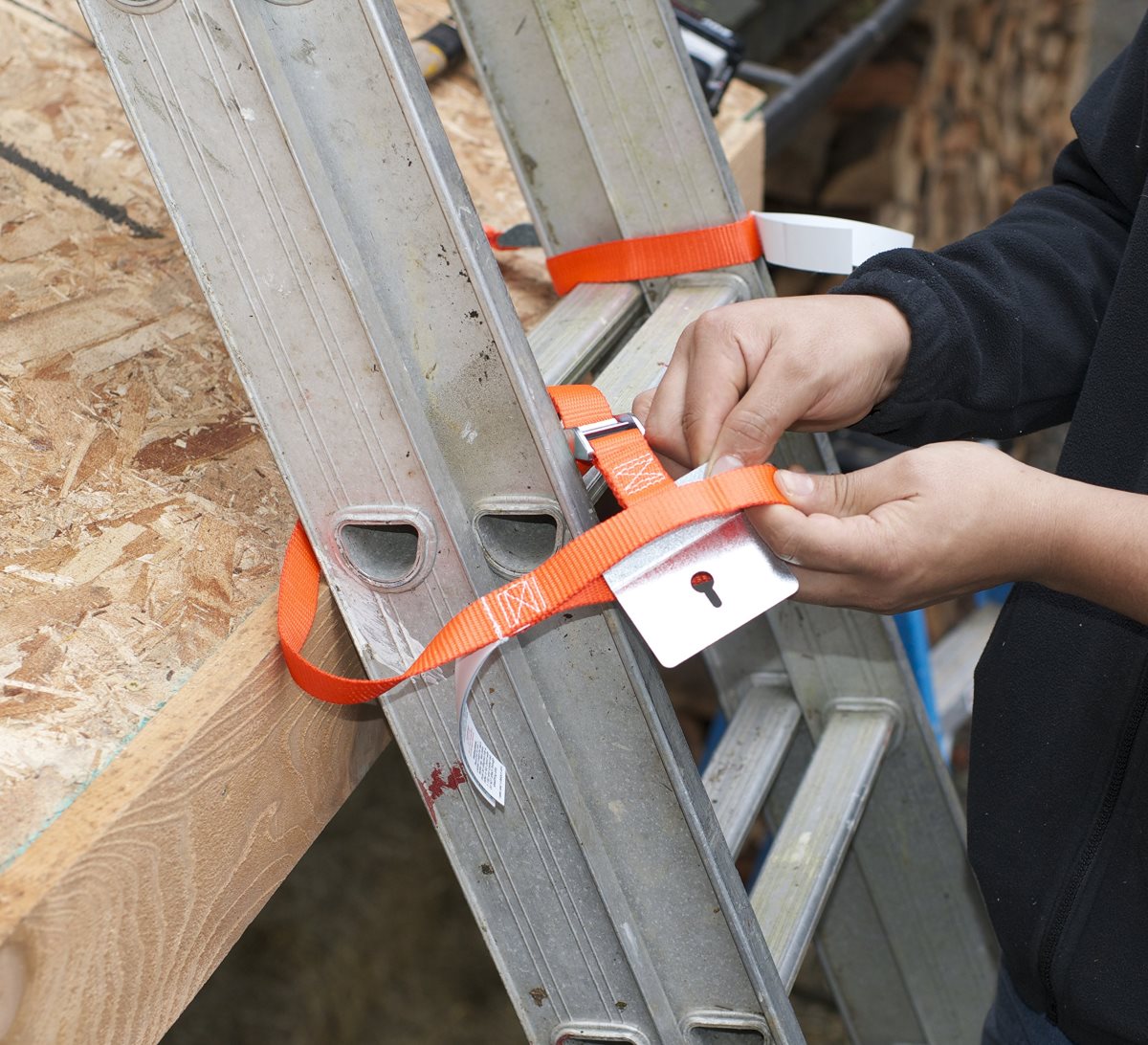

0 thoughts on “How To Tie My Home Decor Together”